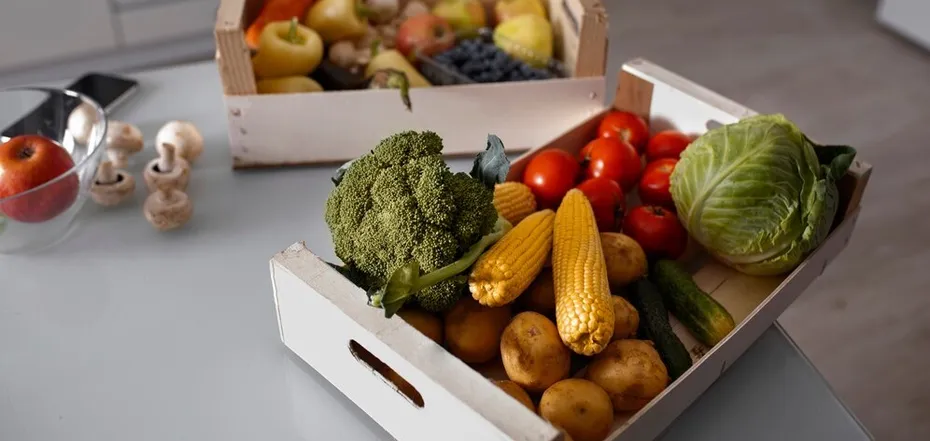
Never put vegetables on the bottom shelf of the refrigerator: what this compartment is really for
Most people are used to storing fruits and vegetables on the bottom shelf of the refrigerator, thinking that this is the perfect place for them.
But in fact, this is a big mistake that can lead to rapid food spoilage. The refrigerator has different temperature zones, and each of them is suitable for certain types of food. The bottom shelf is not designed for vegetables and fruits but for other categories of food.
The FoodOboz editorial team will tell you what the bottom shelf in the refrigerator is really for. You will be able to organize your food storage properly.
Why you shouldn’t store fruits and vegetables on the bottom shelf
The bottom shelf of the refrigerator is the coldest area – the temperature can be close to 0°C. That’s why fruits and vegetables that are stored there without protection can constantly freeze. This deteriorates their texture, makes them soft and watery, and shortens their shelf life.
If you put fruits and vegetables on the bottom shelf:
- They may lose their flavor.
- The structure of the food will become limp or icy due to constant freezing.
- Some vegetables, such as tomatoes and cucumbers, can spoil quickly
What the bottom shelf in the refrigerator is really for
This area of the refrigerator is best suited for storing meat and fish. The low temperature keeps food fresh longer and reduces the risk of bacterial growth. If your refrigerator doesn’t have a separate frost-free compartment, the bottom shelf is the perfect place for raw meat, fish, and seafood.
What is best stored on the bottom shelf:
- Fresh meat and fish (provided they are packed in an airtight container).
- Marinated foods before cooking.
- Semi-finished meat products that need to be stored at a low temperature.
Where to store fruits and vegetables properly
If your refrigerator has drawers under the bottom shelf, this is where you should put your fruits and vegetables. They are in the warmest area of the refrigerator because the plastic or glass containers protect the food from excessive cold.
How to organize storage properly
- Store fruits and vegetables in the drawers, where the optimum temperature is maintained at +4…+5°C.
- Dairy products (cheeses, yogurts, milk) should be placed on the middle shelves.
- Juices, fresh juices, sauces, and condiments should be stored in the door or middle area of the refrigerator.
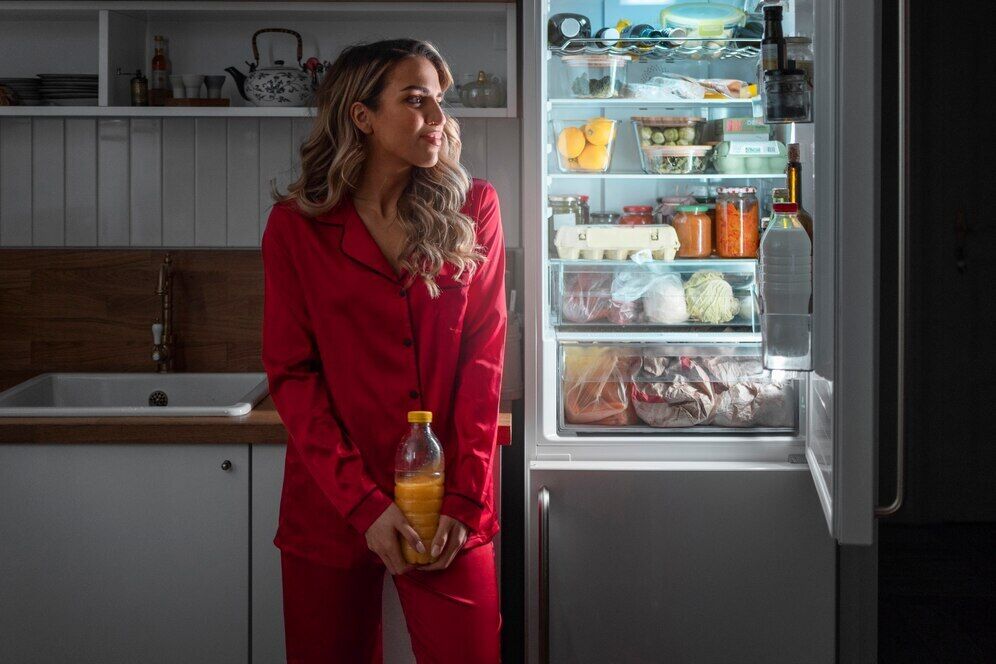
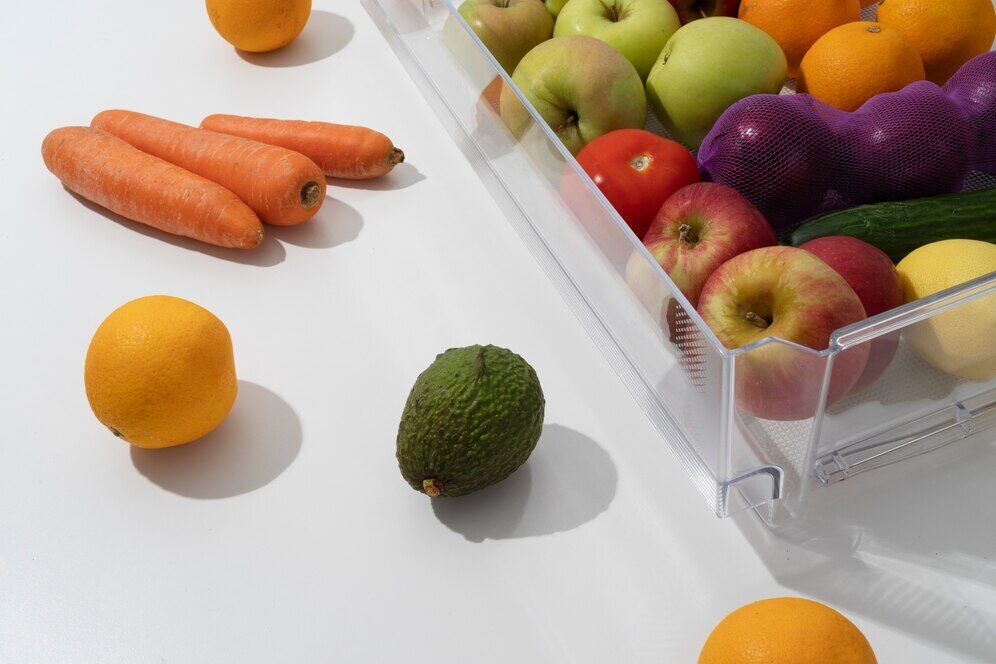
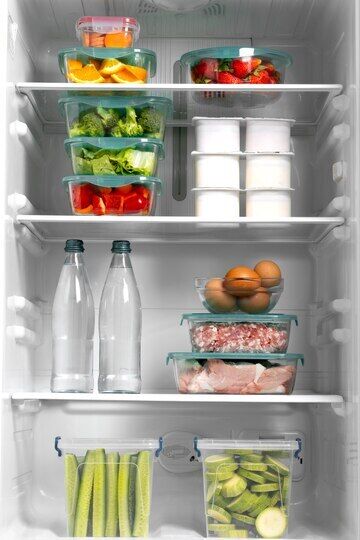
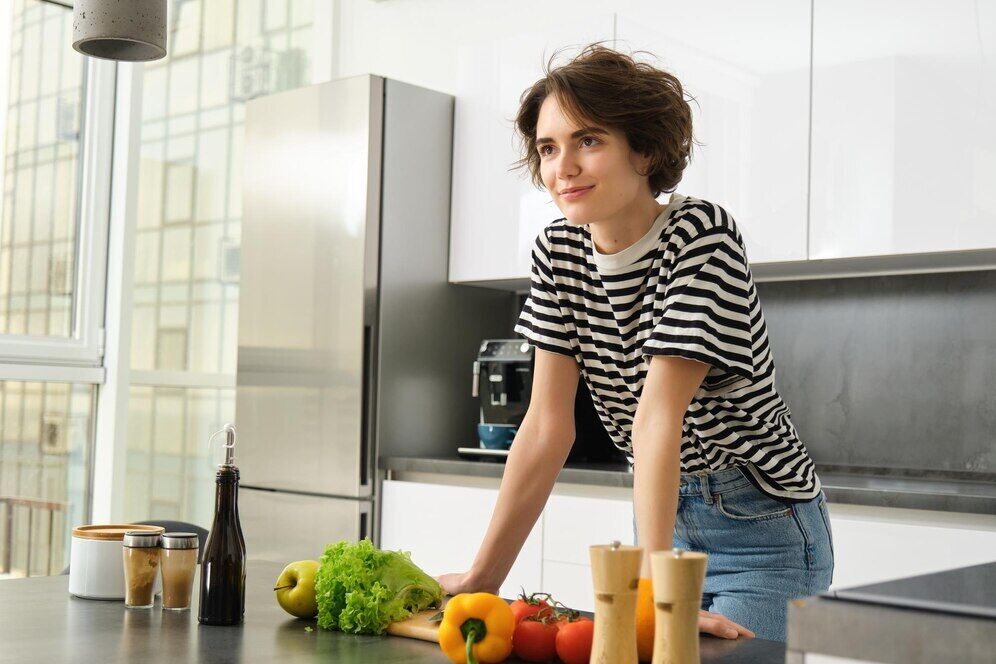
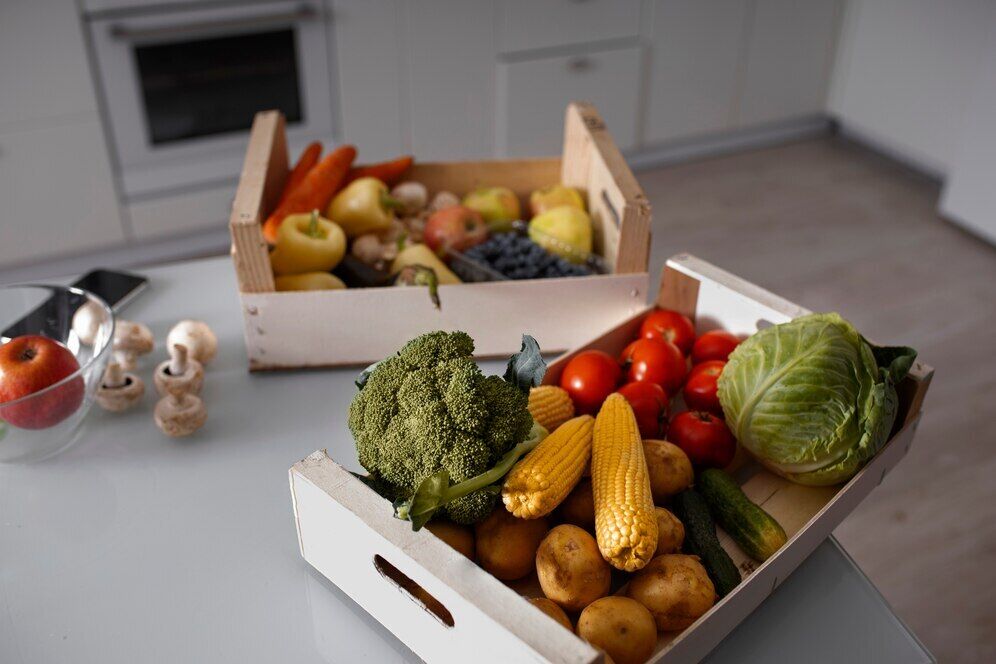
Comments (0)